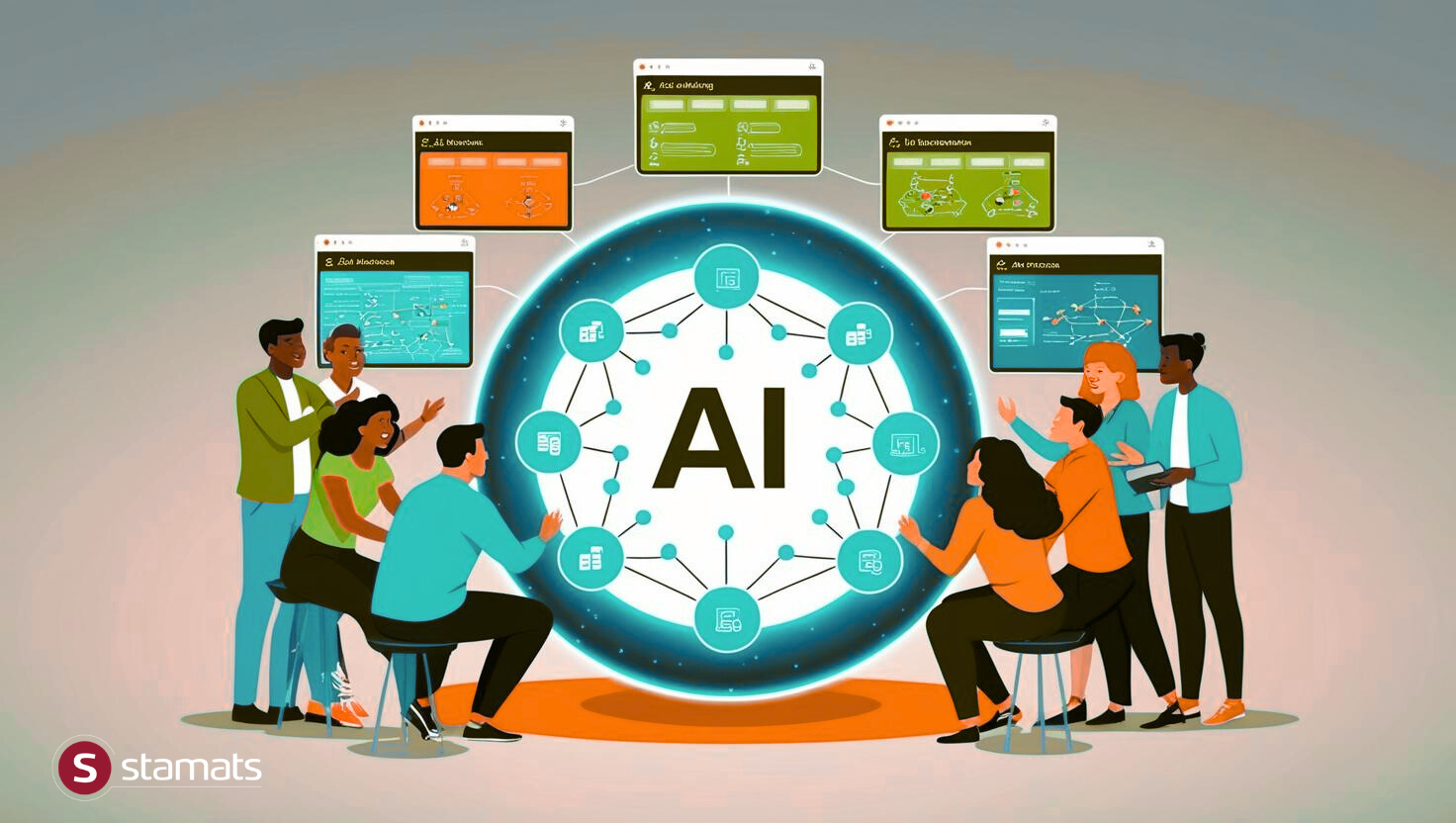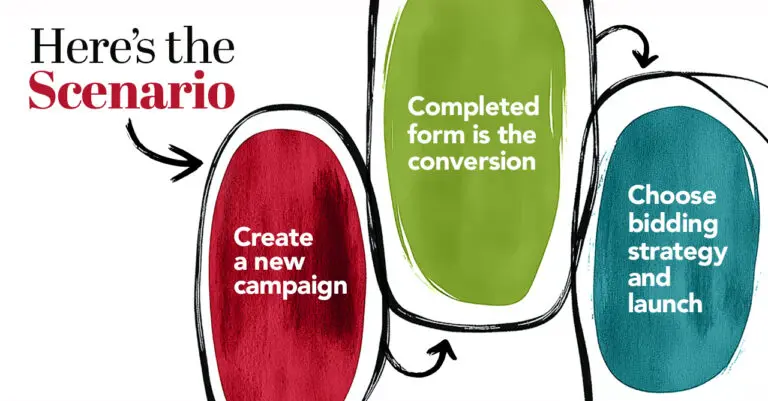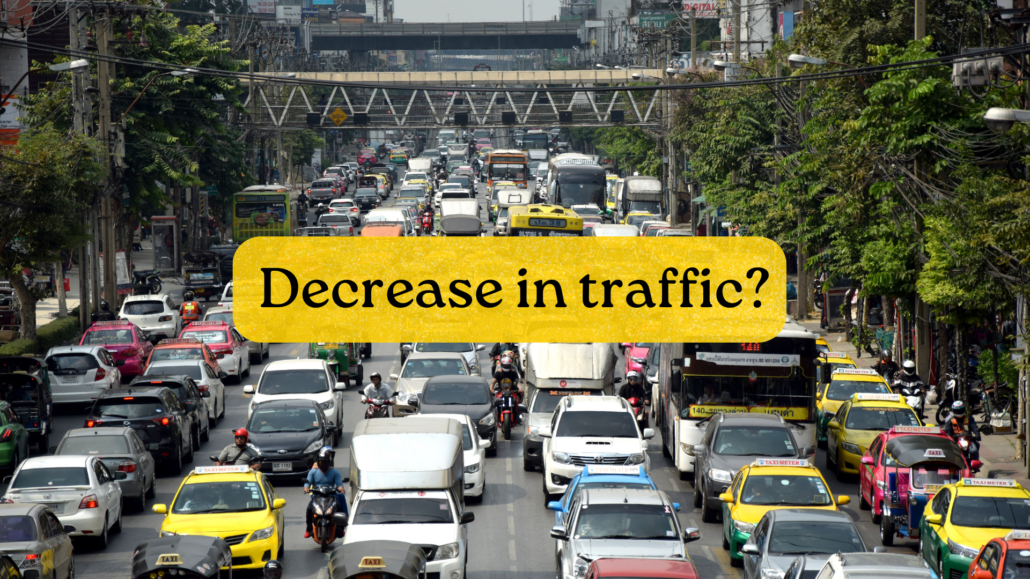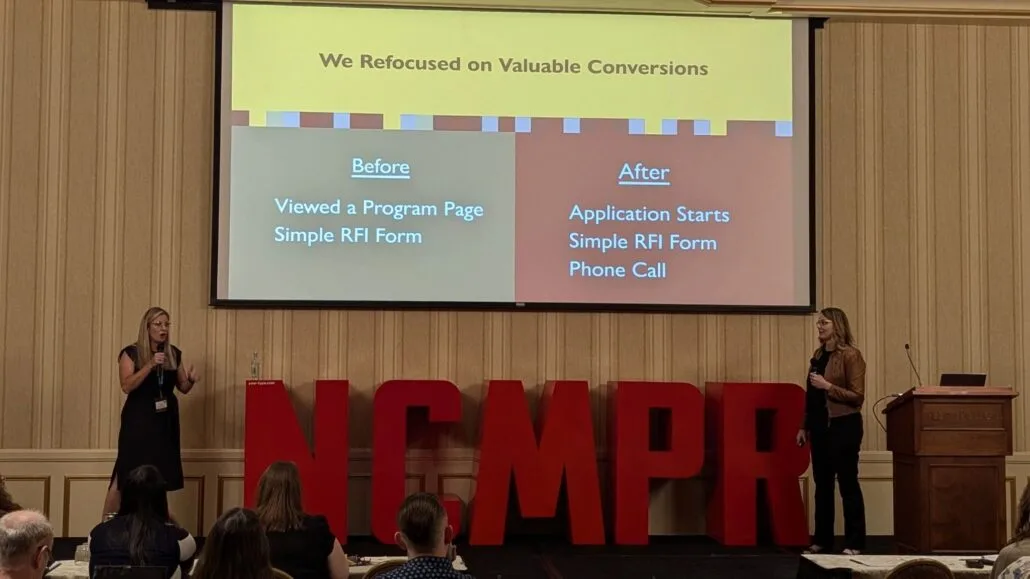Category: Digital Marketing
-

Search Is Changing: Shift Your Strategy & Tactics to Adapt
-

Using AI & Analytics
-

Want to Get Found in AI Search? Start With Really Good SEO.
-

How to Write a Solid Higher Ed Website RFP: Download a Free Sample
-

Decoding College Costs: UT Permian Basin’s Streamlined Tuition Estimator Tool
-

Yesterday’s Logic: A Warning to Change with the Times
-

Keys to Success – Ad Bidding Strategy & Conversions
-

4 Reasons Your Website Traffic Decreases
-

NCMPR 5 Wrap-Up: How to Extend Your Advertising Budget (Without Adding More Money)